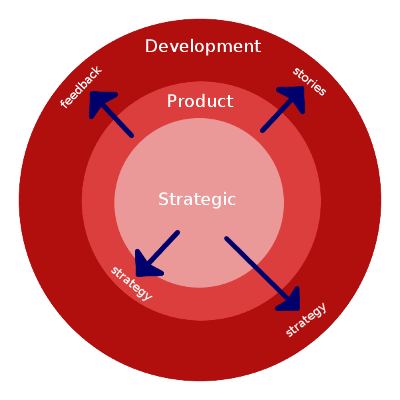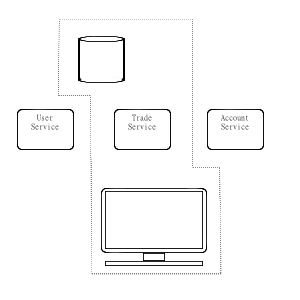
When we talk about non-functional requirements we often focus on performance and response times. But there are many other types of non-functional requirements and their obscurity can lead to them being missed.
Here are some non-functional requirements that can get forgotten:







